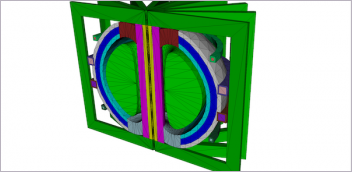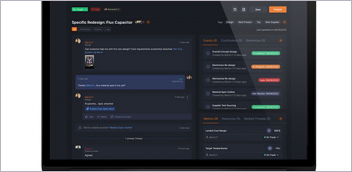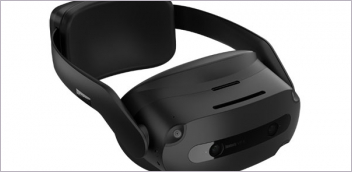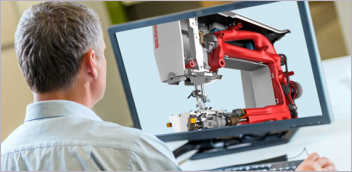
December 29, 2021
The engineering workstation landscape has continued to improve over the past year. New high performance CPUs and GPUs from Intel, AMD and NVIDIA have accelerated solve times and render times for engineering applications, while also providing faster performance for traditional CAD applications.
We continue to see a shift to remote work, with an accompanying emphasis on mobile workstations and new compact units, as well as high-powered laptops that can be used to replace desktop solutions.
In this Special Focus Issue, we have compiled the workstation reviews from the past year, along with some feature content relevant to evaluating new workstations. We hope you enjoy the issue.
Download today
Latest News

Volume Graphics Wins 2023 3D Printing Industry Award
While the focus of this annual award is on additive manufacturing, Volume Graphics is used across the automotive, aerospace and...

Aras Gears Up for ACE 2024 in Texas
Early bird rate good through Dec. 31, 2023.

ITI Unveils CADfix Viz 2 for Visualization, Virtual Reality
This latest release helps provide an efficient process for translating CAD models into high-quality lightweight meshes, the company explains.
Procter & Gamble, Oden Institute Headline ASSESS Summit 2024
The March 4-6 conference reveals speaker lineup.

AMUG Encourages Attendees to Register Early
AMUG Conference attendee registration provides access to all conference events and sessions along with all food and beverage for the...

Teamcenter Product Cost Management Now Out
Discover what’s new in Teamcenter Product Cost Management.
All posts
New & Noteworthy

New & Noteworthy: Direct Neutronics Analysis on CAD
Coreform Cubit 2023.11 workflows enable neutronics directly on CAD for next-generation nuclear energy...

New & Noteworthy: Agile Engineering Collaboration
Authentise Threads is a new software tool for distributed communications and project...

New & Noteworthy Product Introduction: Enterprise VR Headset
Lenovo ThinkReality VRX has an immersive display works with virtual, augmented and...

New & Noteworthy: Fast Access to Advanced MCAD
The company says Value-Based Licensing is a flexible and cost-effective alternative to...
